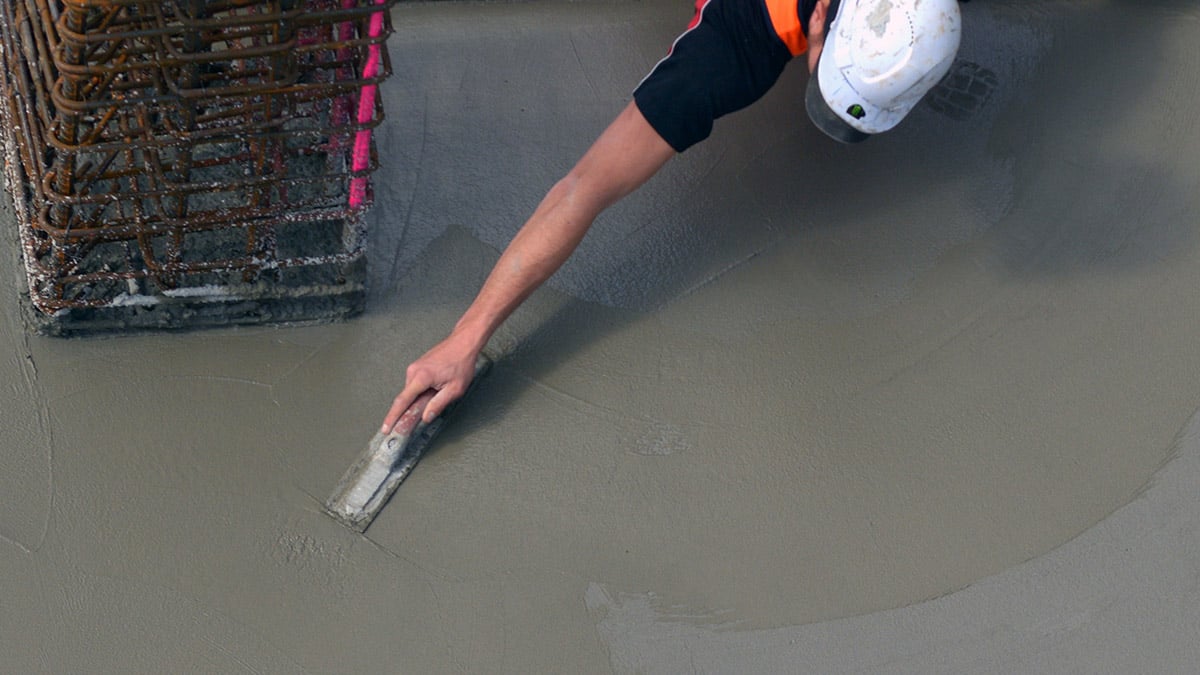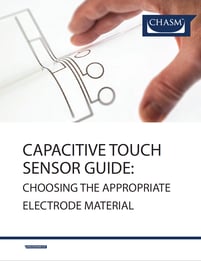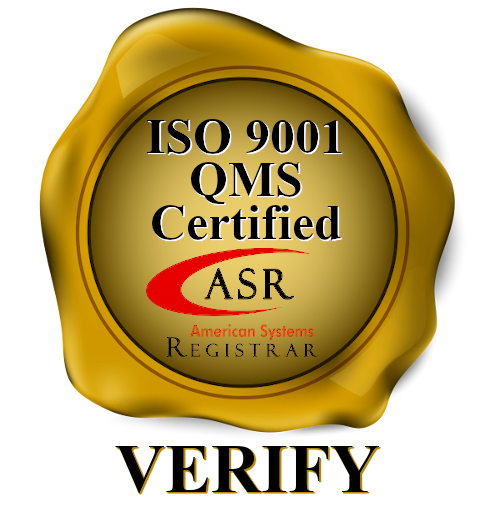Defining Electrical Requirements for Touch Sensor Electrode Materials
Designing a capacitive touch sensor or a product with a capacitive touch sensor? Then you know electrode materials are a key element with the design and manufacturing process. There are numerous flexible, transparent electrode materials (mainly ITO alternatives) commercially available today. For engineers – it’s all about choosing which ITO alternative has the correct grouping of characteristics for your project. This blog post is intended to offer a baseline for reviewing the optical characteristics of electrode materials for touch sensors.
Electrical Characteristics
Resistivity
The electrical performance of your capacitive touch sensor will depend on the resistivity of the material used. Resistivity is measured by sheet resistance and when designing capacitive touch sensors, the lower the sheet resistance, the better – as this dictates faster response time of your touch sensor.
Ohms Per Square
You may also see particular ITO alternatives today measured in ohms/square. This measurement takes the sheet resistance and the thickness of the material into consideration. You’ll see a range from 1 ohm/square to over 100 ohms/square. Knowing what kind of resistivity your application requires is key.
There are 3 other characteristics to review when choosing an electrode material: Optical, Mechanical and Environmental. Looking to learn more about each category?
Download the eBook:
4 Key Electrode Material Characteristics to Think About When Designing a Capacitive Touch Sensor

.jpg)
























